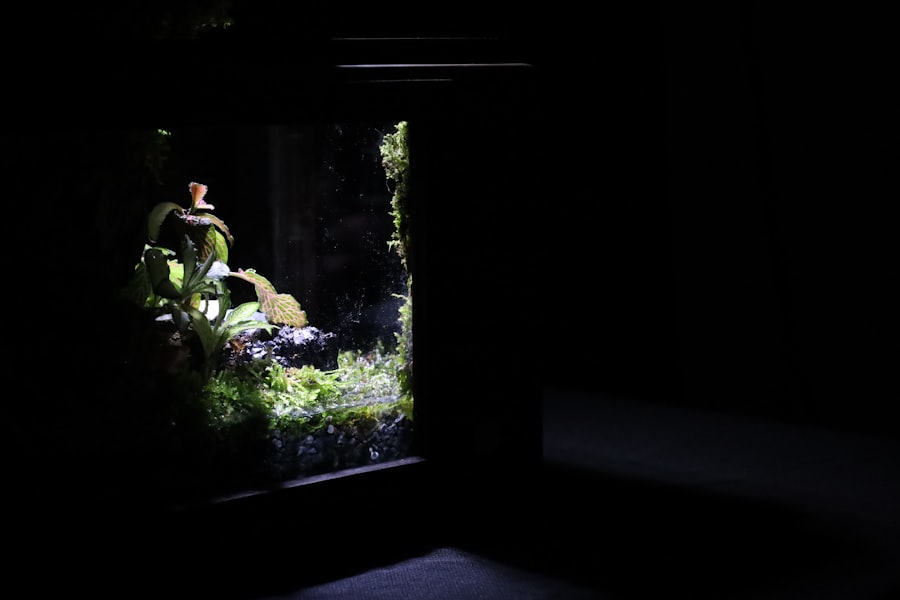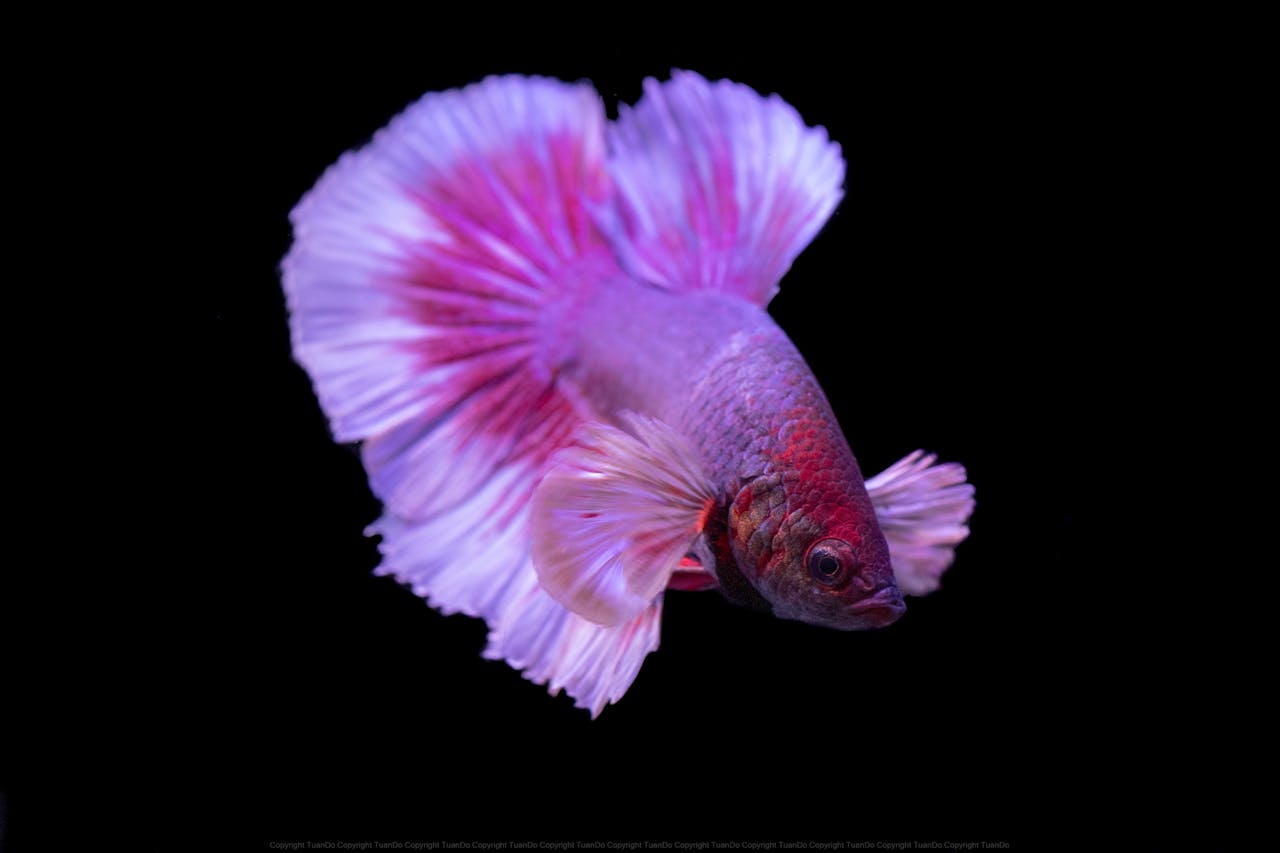Betta fish, also known as Siamese fighting fish, have captivated aquarists and casual fish enthusiasts alike with their vibrant colors and unique personalities. Originating from the shallow waters of Southeast Asia, particularly Thailand, these fish have a rich history that dates back centuries.
As we delve into the world of Betta fish, we will explore their characteristics, care needs, and the joy they bring to our lives. These fish are not only visually striking but also exhibit fascinating behaviors that can be both entertaining and educational. With their long, flowing fins and a wide array of colors, Betta fish can be a stunning addition to any home aquarium.
However, it is essential to understand their specific needs to ensure they thrive in captivity. By learning about their natural habitat, social behaviors, and care requirements, we can create an environment that allows these beautiful creatures to flourish.
Key Takeaways
- Betta fish, also known as Siamese fighting fish, are popular aquarium pets known for their vibrant colors and long flowing fins.
- A tank size of at least 5 gallons with a heater, filter, and hiding spots is ideal for betta fish to thrive in a home aquarium.
- Betta fish are carnivorous and should be fed a varied diet of high-quality pellets, frozen or live foods, and occasional treats like bloodworms or brine shrimp.
- Regular water changes, proper filtration, and maintaining stable water parameters are crucial for ensuring good water quality and the overall health of betta fish.
- Common betta fish diseases include fin rot, ich, and velvet, and it’s important to monitor for signs of illness and provide prompt treatment.
The Ideal Tank Setup for Betta Fish
Tank Size and Space
A larger tank not only allows for better water quality but also gives our Betta fish room to exhibit their natural behaviors.
Filtration and Heating
When setting up the tank, we should consider the importance of filtration and heating. A gentle filter is ideal, as strong currents can be overwhelming for Betta fish. Additionally, maintaining a stable water temperature between 76°F and 82°F is essential for their well-being. We can achieve this by using a reliable aquarium heater.
Adding Plants and Decorations
Furthermore, incorporating plants and decorations into the tank can provide hiding spots and stimulation for our Betta fish. Live plants, such as Java fern or Anubias, not only enhance the aesthetic appeal of the aquarium but also contribute to water quality by absorbing harmful substances.
Feeding and Nutrition for Betta Fish

Feeding our Betta fish a balanced diet is vital for their growth and overall health. In the wild, these fish are carnivorous, primarily consuming insects and small invertebrates. To replicate this diet in captivity, we should provide high-quality pellets specifically formulated for Betta fish.
These pellets are rich in protein and essential nutrients that support their development. Additionally, we can supplement their diet with frozen or live foods such as brine shrimp or bloodworms, which can enhance their color and vitality. It is important to establish a feeding routine that ensures our Betta fish receive the right amount of food without overfeeding.
We should aim to feed them small portions two to three times a day, allowing them to consume what they can in a few minutes. Overfeeding can lead to obesity and water quality issues, so monitoring their intake is crucial. By providing a varied diet and maintaining a consistent feeding schedule, we can help our Betta fish thrive and display their vibrant colors.
Water Quality and Maintenance for Betta Fish
| Parameter | Ideal Range | Importance |
|---|---|---|
| pH | 6.5 – 7.5 | Regulates fish’s bodily functions |
| Ammonia | 0 ppm | High levels are toxic to fish |
| Nitrite | 0 ppm | High levels are toxic to fish |
| Nitrate | 0 – 20 ppm | High levels can cause health issues |
| Temperature | 75 – 80°F | Regulates fish’s metabolism |
Maintaining optimal water quality is one of the most critical aspects of Betta fish care. These fish are sensitive to changes in their environment, so regular testing of water parameters is essential. We should monitor pH levels, ammonia, nitrite, and nitrate concentrations to ensure they remain within safe ranges.
Ideally, the pH should be between 6.5 and 7.5, while ammonia and nitrite levels should be at zero. Nitrate levels should be kept below 20 ppm to prevent stress and health issues. Regular water changes are also vital for maintaining a healthy aquarium environment.
We should aim to change 25% to 50% of the water weekly, depending on the tank’s bioload. This practice helps remove toxins and replenish essential minerals in the water. Additionally, using a water conditioner can help eliminate harmful chemicals such as chlorine or chloramine from tap water.
By prioritizing water quality and maintenance, we can create a stable environment that promotes the well-being of our Betta fish.
Betta Fish Health and Common Diseases
Understanding common health issues that affect Betta fish is essential for any aquarist. These fish are prone to several diseases, including fin rot, velvet disease, and ich. Fin rot is often caused by poor water quality or physical injury, leading to frayed or discolored fins.
To prevent this condition, we must ensure proper tank maintenance and avoid sharp decorations that could harm our Betta fish. Velvet disease is another concern that manifests as a gold or rust-colored dust on the fish’s body. This parasitic infection can be treated with copper-based medications or by raising the water temperature slightly to speed up the life cycle of the parasite.
By being vigilant about our Betta fish’s health and recognizing early signs of illness, we can take prompt action to ensure their recovery.
Betta Fish Behavior and Enrichment

Betta fish are known for their unique personalities and behaviors that make them fascinating pets. They are often curious creatures that enjoy exploring their surroundings. Providing enrichment in their environment is essential for keeping them mentally stimulated and preventing boredom.
We can achieve this by incorporating various decorations such as caves, plants, and floating objects that encourage exploration. Social interactions also play a significant role in our Betta fish’s behavior. While they are known for being territorial and aggressive towards other males, they can coexist peacefully with certain species when housed in a community tank.
However, it is crucial to choose tank mates carefully to avoid stress or aggression. Observing our Betta fish’s interactions with their environment and potential companions can provide valuable insights into their behavior and preferences.
Breeding and Reproduction of Betta Fish
Breeding Betta fish can be an exciting endeavor for those interested in expanding their aquarium hobby. However, it requires careful planning and preparation to ensure success. Before breeding, we must select healthy pairs with desirable traits such as vibrant colors and good fin structure.
Once we have chosen our breeding pair, we should set up a separate breeding tank with appropriate conditions to encourage spawning. During the breeding process, the male Betta will build a bubble nest at the water’s surface to attract the female. After mating, the female will lay eggs that the male will collect in the nest.
It is essential to remove the female after spawning to prevent aggression from the male. The eggs will hatch within 24 to 48 hours, and once the fry are free-swimming, we can begin feeding them infusoria or finely crushed flakes until they grow large enough for more substantial food options.
Tips for Enhancing the Beauty of Betta Fish
Enhancing the beauty of our Betta fish goes beyond just providing proper care; it also involves creating an aesthetically pleasing environment that showcases their vibrant colors and flowing fins. One way to achieve this is by selecting a suitable background for the aquarium that contrasts with our Betta’s colors. Dark backgrounds often make bright colors pop, while lighter backgrounds can create a softer look.
Additionally, incorporating live plants into the tank not only enhances its visual appeal but also provides hiding spots that make our Betta feel secure. Plants like Java moss or floating plants can create a lush environment that complements our Betta’s natural beauty. Regular maintenance of the tank’s decor ensures that it remains clean and visually appealing while allowing our Betta fish to thrive in a stimulating environment.
In conclusion, caring for Betta fish requires attention to detail and an understanding of their unique needs. From creating an ideal tank setup to monitoring water quality and health, each aspect plays a vital role in ensuring these beautiful creatures live happy and healthy lives. By investing time in learning about their behaviors, feeding requirements, and breeding practices, we can fully appreciate the joy that Betta fish bring into our homes while enhancing their beauty through thoughtful aquarium design.
If you are interested in learning more about betta fish, you should check out the article “The Ultimate Guide to Betta Fish Care”. This comprehensive guide covers everything you need to know about caring for betta fish, from setting up their tank to feeding them the right diet. It is a must-read for any betta fish owner looking to provide the best possible care for their finned friends.


